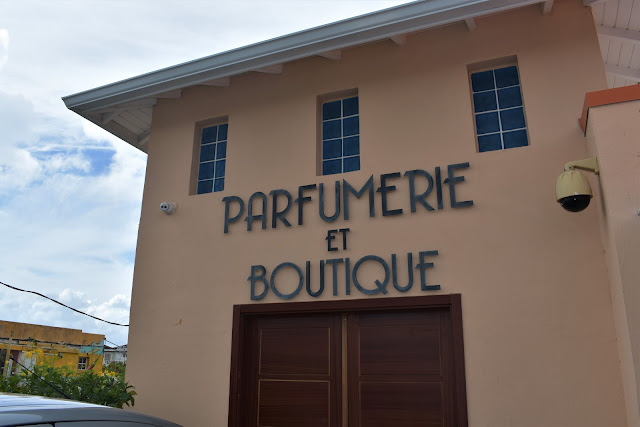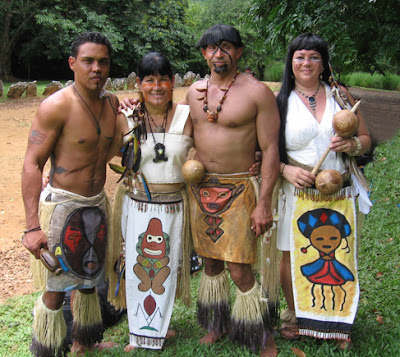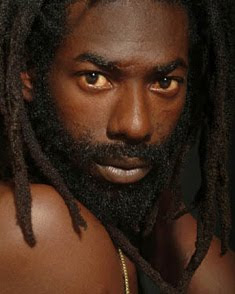Top Five Things To Do In Salvador, Bahia



Salvador, Bahia grabs the heart of any visitor and never releases it. Even when I was in Rio, American tourists urged me to visit Salvador if I wanted to see the real Brazil. It's true, Salvador boasts charm and visual treats that you can't find in any other place in the world. I think it's all that history crammed into one place. Salvador was Brazil's first capitol and it boasts so many historical monuments, places and people that you can literally visit one every five minutes. Great destinations always seem to attract a fair share of tourist traps, however. I thought the famed Mercado Modelo was filled with vendors hustling a load of mostly overpriced junk. The picturesque Pelourinho Square brims with addicts and pick pockets. So my favorite Salvador memories focus on slightly less touristy activities:
1. Eating Mocqueca at Iemanja Restaurant.
Acraraje might be Salavador's quintessential snack food but Mocqueca is the ultimate of Bahian cuisine. A smooth, creamy stew of fish, coconut milk, tomatoes and spices, I slurped this dish down almost every day. The sea goddess Iemanja is Salvador's favorite orixa and Iemanja Restaurant pays elegant homage with an interior filled with turquoise blue walls and sea shells. The waitresses wear long white gowns with blue accents and serene smiles. It was a soothing and magical experience.
2. Viewing the Eight Orixa Sculptures on Lake Torroro.
Rising out of the middle of a small lake, eight life-sized, fiber glass statues demonstrate Salvador's spiritual heritage. The Candomble religion plays an important part in everyday Brazilian life and this stunning park sculpture shows just one of the ways. The main Candomble deities or orixas are portrayed with their symbolic effects, like Xango with his ax and Oxun with her mirror. They loom in brilliant color, almost blending in with the splashing waves, trees and fishing boats.
3. Strolling through Salvador Museums.
I'm an art freak. I can't fully enjoy a trip unless I visit at least one gallery or museum. Salvador actually has scads of them clustered in Pelourino and beyond. I loved the City Museum, which displays contemporary Brazilian art and Case de Benin, which showcases artifacts from Benin, West Africa. The culture of Benin has influenced a lot of Bahian culture through art and spiritual customs.
4. Visiting the Prentice Art Gallery.
Nestled in a dilapidated old house, this gallery highlights the ceramic work of the Bahian artist Prentice. The walls are lined with hand painted tiles that depict Baianas, bloco drummers other aspects of Salvador life. I thought Prentice's art reflected a lot of Bahian charm, with whimsical brush strokes and sunny colors.
5. Viewing the Zumbi des Palmares Statue.
Zumbi was a famous freedom fighter who represents Black resistance to many Brazilians. An imposing bronze monument was erected to honor his historical significance in Pelourinho Square in May 2008. He led rebellions at the end of the 17th century and 300 years after his death, Brazilians pay tribute with a national day of remembrance on November 20.






Comments
Jerome